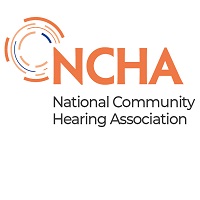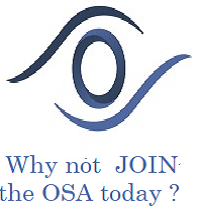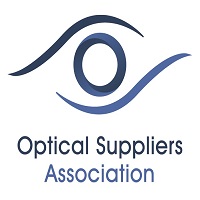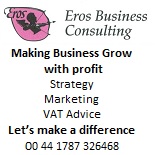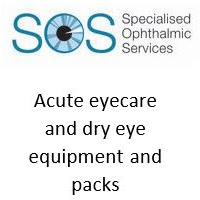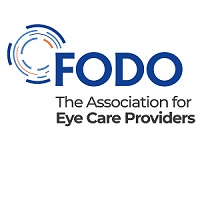Charities & Support Groups
RNIB Scotland highlights struggles of VIs to gain employment
RNIB Scotland highlights struggles of VIs to gain employment
Young people who are blind or partially sighted are urging prospective employers to focus on what they can rather than can’t do.
Their call is echoed in the manifesto of national sight loss charity RNIB Scotland for the local authority elections on Thursday [May 5th], which asks councils to take a lead in ensuring recruitment practices are equal and accessible.
The charity points out that the employment rate for people with sight loss hasn’t changed significantly in a generation. The gap with the general population is 27 per cent compared to 76 per cent. Even the rate for the disabled population generally is 51 per cent[1].
Eilidh Morrison (20), currently a physics student from Aberdeen who has retinitis pigmentosa and ocular molar apraxia, wants employers to take a little longer to find out what someone with sight loss can actually do. “Reading about someone written down as blind compared with actually talking to them are two completely different things,” she says. “Having employers that know you as a person rather than on a piece of paper would help.”
Abdul Eneser (19), a law student in Glasgow, agrees. “Misconceptions are deeply rooted,” he says. “I can understand why an employer might think this is going to be costly, that I just need someone to come and do the work that I need done. However, we come with different skills. Because we’ve always had to think how to do things differently, we’re always thinking outside of the box.”
Eilidh hopes employers will take into account the resilience and determination that young people with sight loss have to have. She taught herself braille at school at the same time she was sitting her Highers, and in November was selected as a Member of the Scottish Youth Parliament. “Don’t underestimate us,” she emphasises. “Taking that step back and getting to know someone as a person and what they are capable of outweighs the things they may find difficult. There are always solutions to problems and ways around things. Giving people a chance is the best way to make us feel you’re accepting us.”
James Adams, director of RNIB Scotland, said: “People with sight loss are working as civil engineers, university lecturers, administrators and scientists. But too many employers still have misperceptions about what workers with sight loss are capable of.
“Yet most people with a visual impairment aren’t completely blind, and while some have guide dogs not everyone does. In many cases an employer need only make relatively minor adjustments to their workplace environment. And where a worker might need additional aids or equipment – such as speech-reading software or a desktop magnifier – the financial costs can often be subsidised by government schemes such as Access to Work.”
* RNIB’s Visibly Better Employer initiative encourages employers to adopt positive recruitment and retention practices – Visibly Better Employer quality standard – RNIB – See differently.
- [1] Slade (2019) Labour Force Survey 2018: comparison of people with sight loss to the rest of the population.







